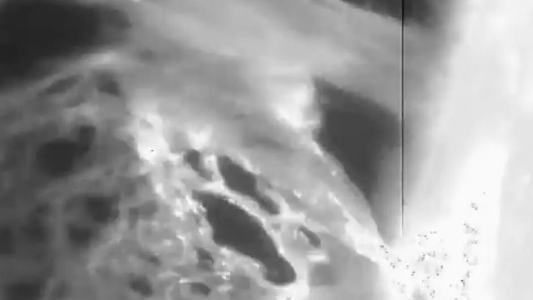Astronomical results that are presented to the public today - bring a lot of new knowledge related to space. In addition to our Milky Way, the development of technology has led to the discovery of stellar planets in other galaxies. But not all the characteristics of our star - the Sun - have been learned yet. One of the most serious projects to test the characteristics of the Sun, began on September 22, 2006, when the Japanese probe - Hinode - was launched. Set in orbit at an altitude of approximately 680 kilometers, this orbit allows the observation of the Sun constantly nine months a year. The mission began in October 2006 as well. The Hinode probe explores the Sun's magnetic fields in order to understand what drives solar eruptions and the solar atmosphere. Three essential instruments: the Solar Optical Telescope, the Extreme Ultraviolet Imaging Spectrometer and the X-ray Telescope - have met their goals. The magnetic activities of the Sun, energy transfer, and the release of magnetic energy were investigated. Extremely detailed videos of the Sun's surface and magnificent activities on the Sun were also made. The video shows what I'm talking about. Join our FB astro group: Learn Astronomy Astrophotography
Saturday, September 19, 2020
Subscribe to:
Post Comments (Atom)
HINODE SONDA
Astronomical results that are presented to the public today - bring a lot of new knowledge related to space. In addition to our Milky Way, t...

-
The fascinating sight of the starry sky is something beautiful the human eye can see. But after a while, observers wonder - which star is th...
-
This is basically a specific area of the celestial sphere, where humans have apparently linked stars into recognizable shapes. In 1922, th...
-
The stars you see in the sky have their own glow that is defined through apparent magnitude. However, the scale of apparent magnitude does n...



No comments:
Post a Comment